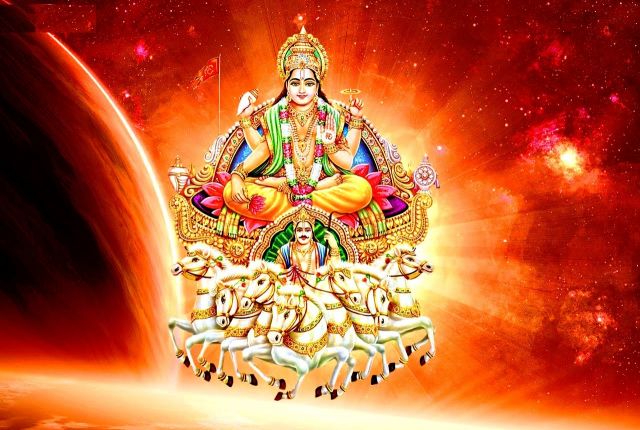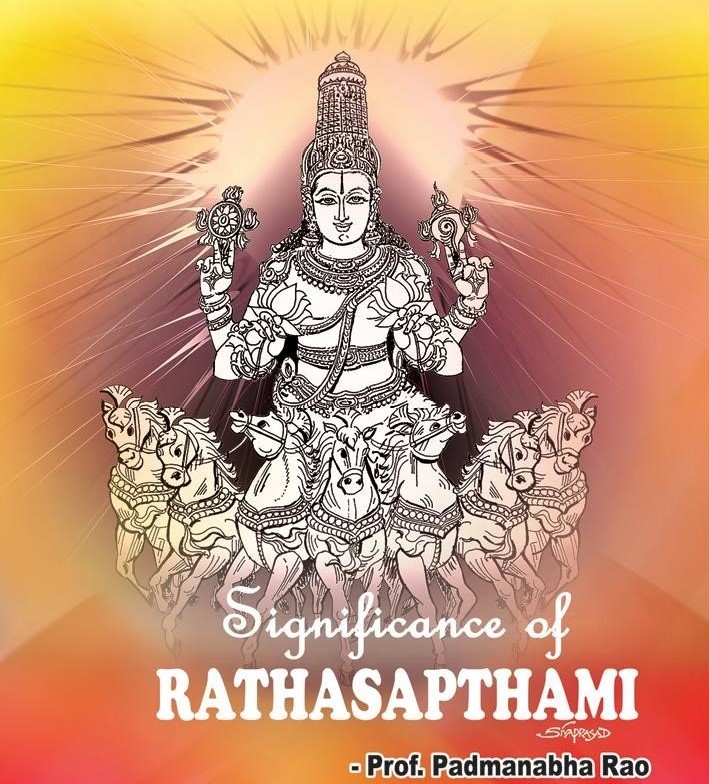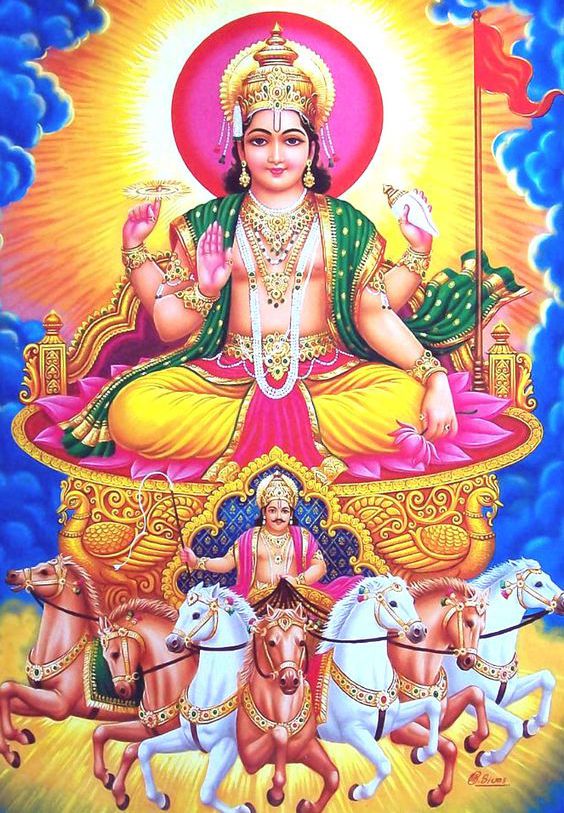Surya Jayanthi – Rathasapthami The celebrations of Surya Jayanthi in Tirumala are being held in a grand style on the day of the ‘Rathasapthami’ festival every year. On that day, from sunrise to the end of the night, the Lord of the Seven Hills will visit the devotees in seven vehicles. On that day, Lord Read More
Tag: Rathasapthami
As part of Surya Jayanti celebrations, the TTD is organizing Rathasapthami, which is popularly known as mini or Upa Brahmotsavams
Surya Jayanthi
Surya Jayanthi / Rathasapthami Rathasapthami is also known as ‘Surya Jayanthi’ because it celebrates the power of the Sun God who is believed to be an incarnation of Lord Vishnu. Surya is considered Lord Vishnu and hence called Suryanarayana or Pratyaksha Daivam. Rathasapthami is the festival that falls on the Seventh day of the bright Read More
Reverence to the SUN GOD
The seventh day (Sapthami) in the Telugu month of Magha is celebrated as Ratha Sapthami. This day also marks the beginning of the harvesting season and instils hope amongst the farmers to look forward to a promising new year ahead. Sun God is worshipped on this day. It is also considered to be the day Read More
Dwadasha Adityas (12 Sun Gods)
Significance of Dwadasha Adityas / 12 Adityas / 12 Sun Gods Rathasapthami happens to be Surya Jayanthi. It is celebrated all over India on the seventh day of the bright half of Magha with great pomp and glory. It marks the turning of the Sun-God towards the northern hemisphere in a north-eastern direction. It heralds Read More
Sapthagireesa Govinda – Importance of 7
Sapthagiri (eesa) – Govinda The Sanskrit word ‘Saptha’ refers to the number Seven. It is indicated in various names as – 7 days a week, 7 colours in a rainbow, 7 horses of the Sun God, 7 chakras including sahasrara in upasana, 7 swaras in music, 7 steps during marriage, 7 upper lokas, 7 lower Read More
Significance of Rathasapthami
Rathasapthami Magha Shukla Sapthami is celebrated as Rathasapthami from ancient days in our land of Vedic culture. Lord Surya’s worship is as ancient as human life on the earth. Our sacred texts proclaim Surya-Sun God as ‘Karma Sakshee Divakarah’, Surya is an eyewitness to whatever we humans do since his rays enter everywhere. He is Read More
Lord Surya
Lord Surya radiates the world like an infinite Wheel of Light and revolves round the three ‘lokas’. He is the marvellous and direct embodiment of Trinity and Time. He controls the movements of Planets, Subsequently representing the miraculous nature of Time being visible every moment and creates Days, Nights, Fortnights, Months, Seasons, ‘Ayanas’, and Years. Read More
Surya Narayana – Sun God
Surya Narayana Lord Surya Narayana is considered to be the prime of the universe. The sun rays are the source of all light in the universe. All beings are born, nurtured, and deceased due to the rays of the Sun. Lord Surya Narayana is the “Atma” of the universe. Worship of the Sun god has Read More



